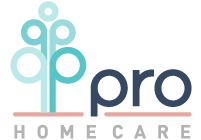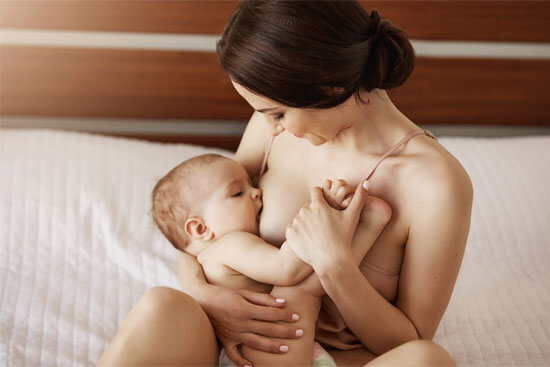Postpartum Mother
Postpartum is to reverting the changes in the mother’s body after childbirth as it was before. Also called postpartum or postpartum time. This process takes six weeks. If the mother has surgical wounds that need to be bandaged, they should be bandaged regularly during this process.



